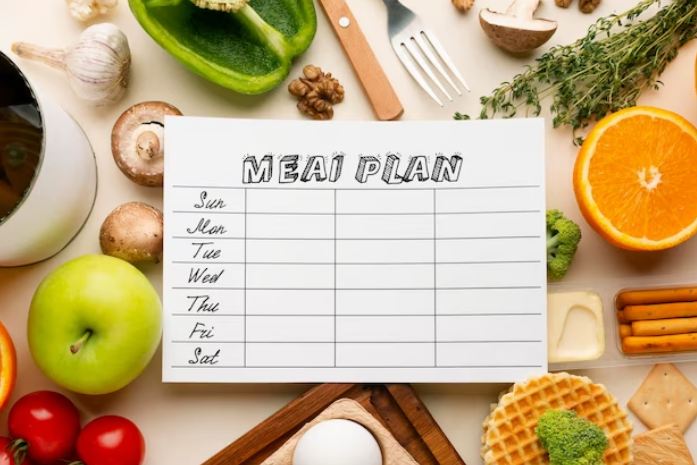In today’s fast-paced world, meal planning has emerged as a powerful tool to save both time and money while promoting healthier eating habits. The Meal Planning Money-Saving Challenge combines the benefits of efficient meal planning with the goal of cutting down on unnecessary expenses. In this blog, we will delve into the art of meal planning and explore how it can help you save more and eat better without compromising on taste and nutrition.
1. Understanding the Meal Planning Money-Saving Challenge
The Meal Planning Money-Saving Challenge is about taking charge of your food budget and making intentional choices when it comes to meal preparation. It involves careful planning, shopping smartly, and utilizing ingredients efficiently to minimize waste and optimize savings.
2. Assess Your Eating Habits
Before diving into meal planning, take a closer look at your current eating habits. Identify patterns of excessive spending, such as frequent dining out or impulse grocery purchases. Understanding your habits will help you make targeted improvements.
3. Set Realistic Goals
Set clear and achievable goals for the challenge. Determine how much money you want to save per week or month on food expenses and use this target as motivation throughout the process.
4. Plan Your Meals Weekly
Start by planning your meals on a weekly basis. Choose recipes that utilize similar ingredients to reduce waste and simplify shopping. Consider themes for each day of the week, such as Meatless Mondays or Taco Tuesdays, to add fun and structure to your meal planning.
5. Make a Grocery List
Once your meal plan is in place, create a detailed grocery list based on the ingredients needed for each meal. Stick to the list while shopping to avoid impulsive purchases and stay within your budget.
6. Shop Smartly
When grocery shopping, look for discounts, deals, and coupons to save money on essential items. Buy in bulk when it makes sense, especially for non-perishable goods.
7. Embrace Seasonal and Local Produce
Seasonal and locally sourced produce tends to be fresher and more affordable than out-of-season options. Incorporate seasonal ingredients into your meal planning to maximize savings and support local farmers.
8. Cook in Batches
Cooking in batches and freezing portions for later use not only saves time but also prevents food waste. You can prepare larger quantities of certain meals and enjoy them throughout the week or month.
9. Repurpose Leftovers
Get creative with leftover ingredients and dishes. Transform last night’s dinner into a new meal by adding different spices or incorporating them into salads or wraps.
10. Track Your Progress
Keep track of your expenses and savings during the challenge. Monitor how well you stick to your meal plan and adjust as needed to improve your results.
Conclusion
The Meal Planning Money-Saving Challenge empowers individuals to take control of their food expenses and make conscious choices about what they eat. By adopting efficient meal planning practices, you can save money, reduce food waste, and enjoy a healthier diet. With dedication and creativity, you can make significant strides in optimizing your food budget and living a more sustainable and fulfilling lifestyle.
So, are you ready to take on the Meal Planning Money-Saving Challenge and embark on a journey towards saving more and eating better?





